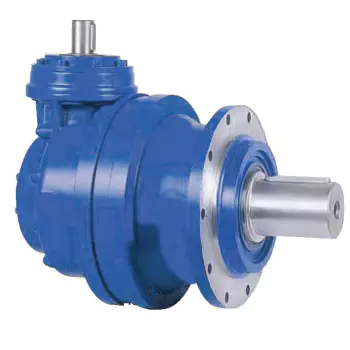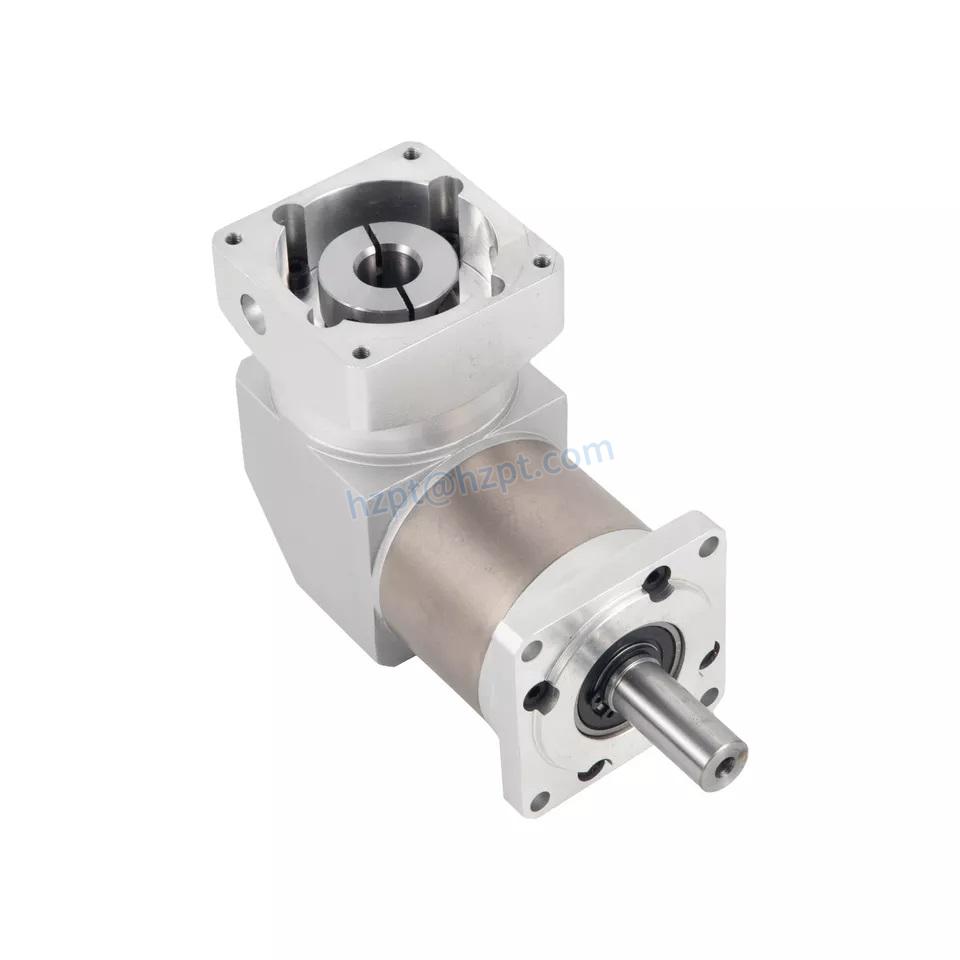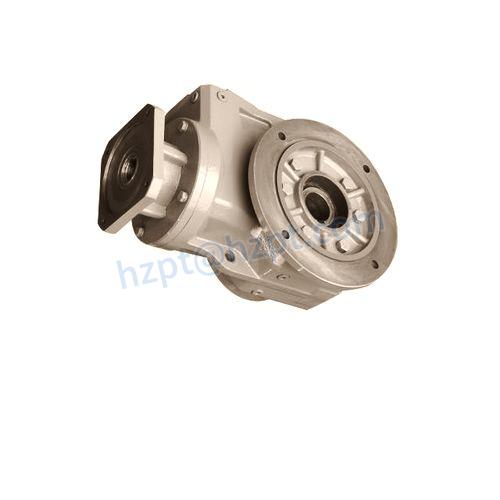Product Description
Product Advantages
|
F Series Gearbox Reducer |
|
|
Product name |
F series of the gearbox hollow shaft model F107 oil seal transmission gearbox reducer reduction |
|
Warranty |
1 years |
|
Applicable Industries |
Manufacturing Plant |
|
Weight (KG) |
50KG |
|
Customized support |
OEM |
|
Gearing Arrangement |
Helical |
|
Output Torque |
1.8-2430N.M |
|
Input Speed |
1440, 2800,960,750 |
|
Output Speed |
0.5 to 200 |
|
Place of Origin |
China |
|
Product name |
F Series Parallel Shaft Gearbox Reducer |
|
Application |
Hardened Tooth Surface |
|
Installation |
Horizontal Type |
|
Layout |
Coaxial |
|
Gear Shape |
Helical |
|
Production Capacity |
800-1500PCS /Month |
|
Type |
Gear Reduction Motor |
|
Color |
Blue,Sliver or Customized |
|
Packing |
Wooden Box |
Six advantages
Our Advantages
–Modular design, wide transmission ratio coverage, fine and reasonable distribution; Force reducer
–There are 11 types of frame specifications from F.27-F.157, and the transmission power range is 0.12KW-200KW;
–The shape design is suitable for omnidirectional universal installation configuration;
–The transmission is relatively accurate, covering the range of 3.77-281.71, and can be selected as required;
–The gear is grinded by high-precision gear grinding machine, with balanced transmission, low noise, and interstage efficiency of 98%;
–The transmission ratio of the F.R.reducer is extended to 31431, which is specially designed for special low-speed occasions
Editing and broadcasting of main materials
–Box: cast iron;
–Gear: low carbon alloy steel, carbonitriding treatment (after fine grinding, keep the tooth surface hardness of 60HRC, hard layer thickness>0.5mm);
–Flat key: 45 steel, with surface hardness above 45HRC.
Surface painting:
–Cast iron: sprayed with RAL7031 grey blue paint.
Parameter editing broadcast
Power: 0.18KW~200KW
Torque: 3N · m ~ 22500N · m
F series parallel shaft reducer
F series parallel shaft reducer
Output speed: 0.06~374r/minF series parallel shaft reducer [1]
/* January 22, 2571 19:08:37 */!function(){function s(e,r){var a,o={};try{e&&e.split(“,”).forEach(function(e,t){e&&(a=e.match(/(.*?):(.*)$/))&&1
| Application: | Motor, Motorcycle, Machinery, Agricultural machine |
|---|---|
| Hardness: | Hardened Tooth Surface |
| Installation: | Horizontal Type |
| Layout: | Expansion, Parallel |
| Gear Shape: | Bevel Gear |
| Step: | Single-Step |
| Samples: |
US$ 500/Piece
1 Piece(Min.Order) | |
|---|

Real-World Examples of Products Using Angle Gearbox Technology
Angle gearbox technology finds widespread use in various industries and products:
- Automotive: Many automobiles utilize angle gearboxes in their drivetrains to transfer power between the engine and the wheels.
- Construction Equipment: Heavy machinery like excavators and bulldozers use angle gearboxes to transmit power and change the direction of motion.
- Aerospace: Aircraft landing gear systems often employ angle gearboxes to convert rotary motion to linear motion for retracting and extending landing gear.
- Industrial Machinery: Conveyor systems, packaging equipment, and robotic arms utilize angle gearboxes for precise motion control.
- Printing Presses: Angle gearboxes are used to synchronize the movement of different components in printing machinery.
- Renewable Energy: Wind turbine systems employ angle gearboxes to convert the rotational motion of the turbine blades into electrical energy.
- Marine Applications: Ships and boats use angle gearboxes for propulsion systems, steering mechanisms, and other critical functions.
- Medical Equipment: Various medical devices and diagnostic equipment utilize angle gearboxes for precision movement and adjustments.
- Food Processing: Industrial mixers, conveyors, and cutting equipment incorporate angle gearboxes for efficient and controlled motion.
These examples showcase the versatility and importance of angle gearbox technology across different industries and applications.

Selecting the Right Angle Gearbox for an Application
Choosing the appropriate angle gearbox for a specific application involves considering several key factors to ensure optimal performance and reliability:
- Application Requirements: Determine the required torque, speed, and power output of the gearbox to match the demands of the application.
- Input and Output Angles: Identify the desired input and output angles for the gearbox to ensure it can effectively redirect motion as needed.
- Space Constraints: Evaluate the available space to select a gearbox that fits within the allocated area.
- Gearbox Type: Choose the suitable gearbox type (e.g., right angle, bevel, worm, hypoid) based on the application’s specific needs.
- Load Conditions: Consider factors such as load variation, shock loads, and continuous vs. intermittent operation to determine gearbox durability.
- Environmental Conditions: Account for factors like temperature, humidity, and exposure to contaminants, which can affect gearbox performance and lifespan.
- Efficiency: Evaluate the gearbox’s efficiency, as lower efficiency may result in more energy consumption and heat generation.
- Mounting and Installation: Ensure that the gearbox can be easily mounted and integrated into the existing system.
- Maintenance and Servicing: Consider the ease of maintenance, accessibility to components, and availability of replacement parts.
- Budget: Compare the cost of the gearbox with its features and benefits to determine its overall value for the application.
By carefully considering these factors, engineers and designers can select the right angle gearbox that best meets the requirements of the specific application, ensuring optimal performance and longevity.

Contribution of Angle Gearboxes to Changing Rotational Direction
Angle gearboxes, also known as bevel gearboxes, play a significant role in altering the direction of rotational motion in mechanical systems. They achieve this by utilizing specially designed bevel gears that have their teeth cut at an angle, typically 90 degrees. This angled configuration allows the gears to mesh smoothly while transmitting power between intersecting shafts at different angles.
Here’s how angle gearboxes contribute to changing the direction of rotational motion:
- Meshing of Bevel Gears: Angle gearboxes consist of two bevel gears with intersecting shafts. The gears have teeth that are cut in a way that enables them to mesh together when the shafts are at an angle, usually perpendicular to each other.
- Transfer of Torque: When one bevel gear receives rotational input from a source, it transmits torque to the second bevel gear through the meshing of their teeth. This transfer of torque allows power to be transmitted from one shaft to the other.
- Change in Direction: As the first bevel gear rotates, it drives the second bevel gear to rotate in a direction that is perpendicular to the input shaft. This change in direction of rotation is a fundamental function of angle gearboxes.
- Multiple Configurations: Angle gearboxes come in various configurations to accommodate different angles between shafts, including right angle (90 degrees), acute angles, and obtuse angles. This versatility allows them to adapt to diverse applications.
Angle gearboxes are crucial components in mechanical systems where the input and output shafts need to be oriented at different angles. Their ability to smoothly change the direction of rotational motion makes them valuable in a wide range of industries and applications.


editor by CX 2024-03-29
